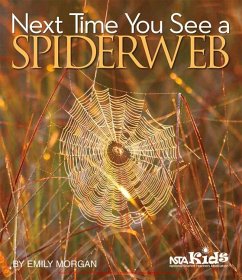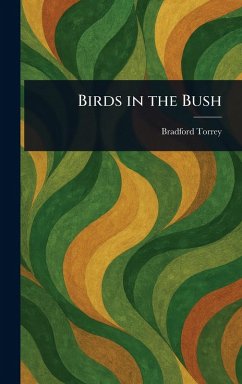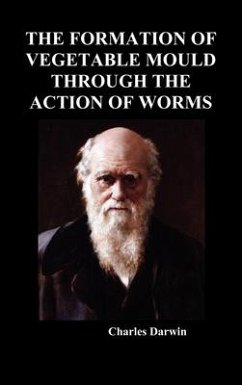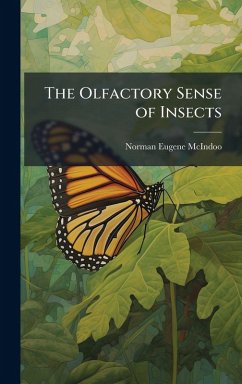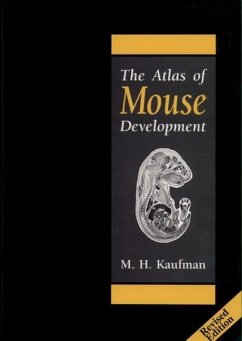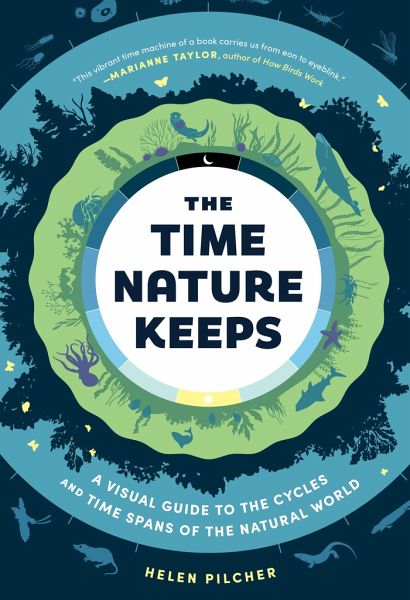
The Time Nature Keeps
A Visual Guide to the Cycles and Time Spans of the Natural World
Versandkostenfrei!
Versandfertig in über 4 Wochen
18,99 €
inkl. MwSt.

PAYBACK Punkte
9 °P sammeln!
Take a visual journey of discovery through the animal and plant kingdoms-and uncover the extraordinary rhythms of nature! Here are the answers to all kinds of curious questions, including: * How long do eggs take to hatch? * Do dogs really need more sleep than humans? * What are the world's fastest- and slowest-growing plants? * And many more! These infographics shed light on the truly remarkable range of the natural world-how plants and animals grow and age, sleep and migrate, and reproduce and die. Spanning ideas both big and small-from evolution to animal behavior-The Time Nature Keeps is a...
Take a visual journey of discovery through the animal and plant kingdoms-and uncover the extraordinary rhythms of nature! Here are the answers to all kinds of curious questions, including: * How long do eggs take to hatch? * Do dogs really need more sleep than humans? * What are the world's fastest- and slowest-growing plants? * And many more! These infographics shed light on the truly remarkable range of the natural world-how plants and animals grow and age, sleep and migrate, and reproduce and die. Spanning ideas both big and small-from evolution to animal behavior-The Time Nature Keeps is a visual trove of nature's clocks that brings the world's cadences to life before our eyes.













